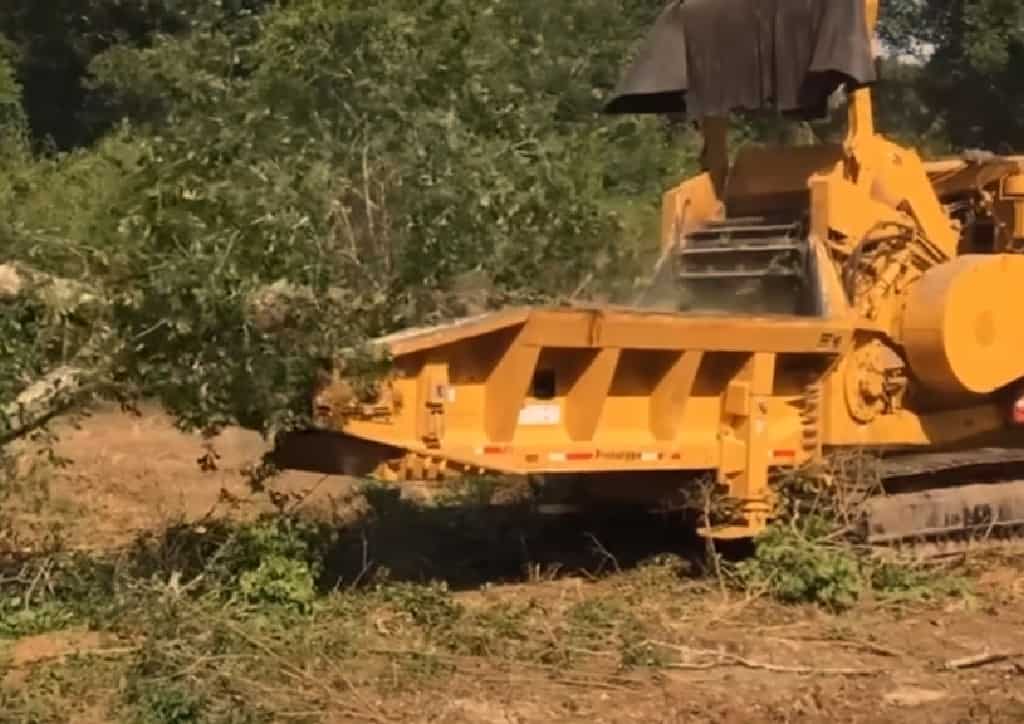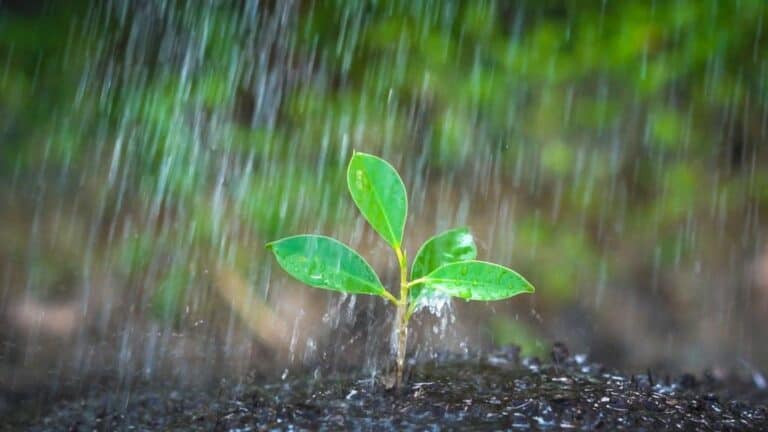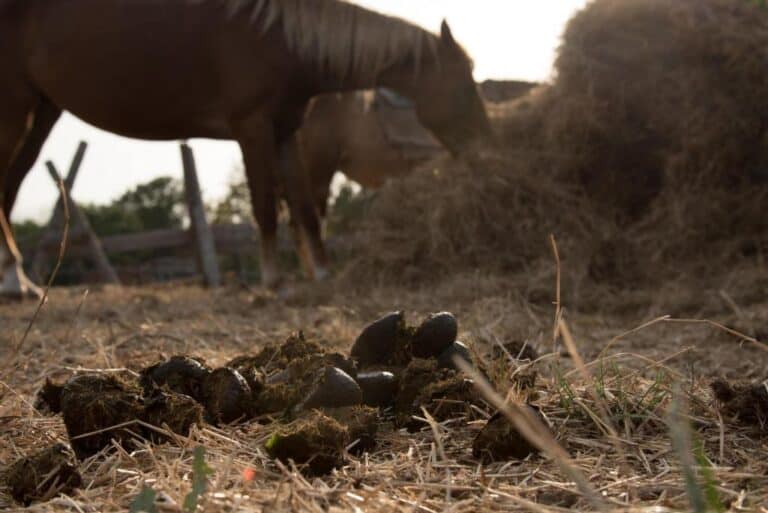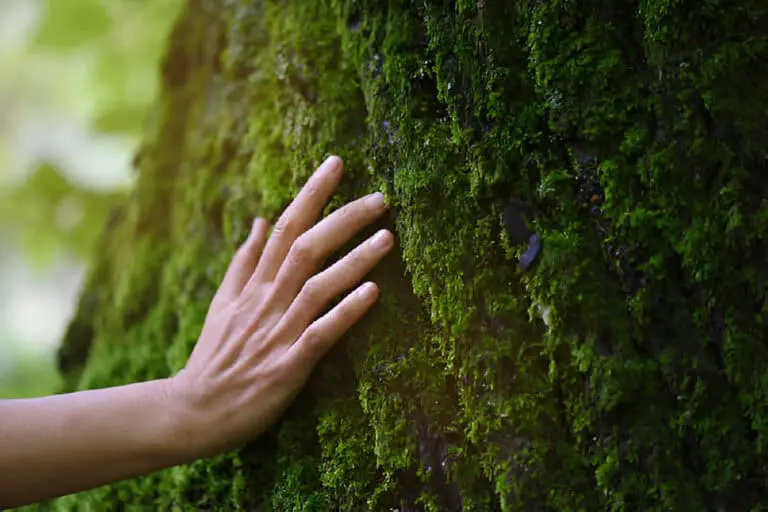How Big of a Tree Can a Forestry Mulcher Handle? Size Isn’t Everything

Forestry mulchers are powerful machines that can make quick work of trees and other vegetation. But have you ever wondered just how big a tree these machines can handle?
Whether you’re in the forestry industry or simply curious about the capabilities of these impressive machines, you’ll find the answer to that question and more in this article. We’ll take a closer look at the size limits of different types of forestry mulchers as well as factors that can affect their performance.
So, if you’re ready to learn more about the impressive capabilities of these machines, let’s dive in!
What is a Forestry Mulcher?
A forestry mulcher is a machine that is used in the forestry industry for land clearing and vegetation management. It is specifically designed to handle large amounts of brush, trees, and other vegetation. Mulcher breaks them down into smaller pieces that can be easily processed and disposed of.
The machine is equipped with a rotating drum that is fitted with sharp cutting teeth. As the drum spins, the teeth cut through the vegetation, reducing it to small pieces that can be easily processed. The machine is typically mounted on tracks or wheels, allowing it to move easily over rough terrain.
Forestry mulchers are used for a wide range of tasks, such as clearing land for new buildings and keeping the paths for utilities and transportation infrastructure clear. They are also used in forest restoration projects, where they can be used to remove invasive species and promote the growth of native vegetation.
A forestry mulcher is an environmentally friendly alternative to traditional land clearing methods. Instead of burning or hauling away vegetation, the mulcher grinds it up into small pieces. The pieces can be left on the ground to decompose, providing valuable nutrients to the soil. Doing so cuts down on the amount of trash that is made when land is cleared, making it a better choice for the environment.
In addition to being environmentally friendly, forestry mulchers are also efficient and cost-effective. They can quickly and easily clear large areas of plants, which saves time and labor compared to traditional ways of clearing land. This makes them an ideal choice for large-scale projects that require quick and efficient vegetation management.
Typical Size Limits for Different Types of Forestry Mulchers
When selecting a forestry mulcher, consider the size of tree it can handle. Different types of mulchers have different size limits, depending on their horsepower, cutting width, and other features.
Handheld mulchers, also known as brush cutters, are the smallest and most lightweight type of forestry mulcher. They are designed for clearing small brush and vegetation, such as saplings, shrubs, and small trees with diameters of up to 2-3 inches. Homeowners and landscapers often use these machines to take care of gardens and small plots of land.
Larger forestry mulchers, such as skid steer mulchers and excavator mulchers, are capable of handling larger trees and brush. Skid steer mulchers are mounted on a skid steer loader and can handle trees with diameters of up to 8–10 inches, while excavator mulchers are mounted on an excavator and can handle trees with diameters of up to 14–16 inches.
For even larger trees and brush, a dedicated forestry mulcher is required. These machines are typically mounted on a tracked or wheeled carrier and have cutting widths of up to 10 feet or more. They are capable of handling trees with diameters of up to 20 to 24 inches or more, depending on the horsepower and other features of the machine.
The size limits of forestry mulchers can vary depending on the conditions of the terrain, the type of trees and brush being cleared, and other factors. In some cases, additional equipment, such as a bulldozer or excavator, may be required to clear the area before the mulcher can be used.
Ultimately, the size of tree a forestry mulcher can handle will depend on a variety of factors, including the type of machine, the horsepower and cutting width, and the conditions of the terrain.
When selecting a forestry mulcher, it’s important to consider the specific needs of your project and choose a machine that is capable of handling the size of tree and brush that you need to clear.
How Big of a Tree Can a Forestry Mulcher Handle?

As already mentioned previously, the answer to this question depends on several factors, including the size and type of the mulcher as well as the diameter of the tree being cleared.
For larger trees and brush, a dedicated forestry mulcher is required. These machines are typically mounted on a tracked or wheeled carrier and have cutting widths of up to 10 feet or more. They are capable of handling trees with diameters of up to 20 to 24 inches or more, depending on the horsepower and other features of the machine.
However, the size of the tree is not the only factor that determines whether it can be mulched. The type of tree, its density, and the condition of the wood can also affect the machine’s ability to mulch it
It’s important to note that the size of tree a forestry mulcher can handle also depends on the terrain and the condition of the tree. For example, a healthy tree may be more difficult to clear than a dead or diseased tree, and a tree growing on a steep slope may be more challenging to remove than one on level ground.
Tips for Using a Forestry Mulcher Safely and Effectively
Forestry mulchers are powerful machines that can quickly and efficiently clear large areas of vegetation. However, like any heavy equipment, it can be dangerous if not used properly. In this article, we’ll explore some tips for using a forestry mulcher safely and effectively.
- First and foremost, it’s important to be properly trained before operating a forestry mulcher. This machine requires specific skills and knowledge to operate safely and efficiently. Before getting started, make sure you are familiar with the machine’s controls and safety features of forestry mulchers, and that you understand how to respond to any potential hazards that may arise.
- Another key aspect of using a forestry mulcher safely is wearing the proper personal protective equipment (PPE). This includes items such as a hard hat, safety glasses, ear protection, and steel-toed boots. In addition, it’s important to wear clothing that is comfortable, yet durable enough to protect against flying debris.
- When operating a forestry mulcher, you should be aware of your surroundings at all times. Make sure there are no bystanders or obstacles in the immediate area that could be hit by flying debris. If possible, use barriers or cones to mark off the area and prevent unauthorized entry.
- In addition to safety, it’s important to use a forestry mulcher effectively to maximize its efficiency. This includes choosing the proper teeth and blades for the job, as well as adjusting the machine’s settings for the specific type of vegetation being cleared.
- It’s also important to maintain a forestry mulcher machine properly to ensure its optimal performance. This includes keeping the blades sharp, checking the oil and fluids regularly, and keeping the machine clean and free of debris.







